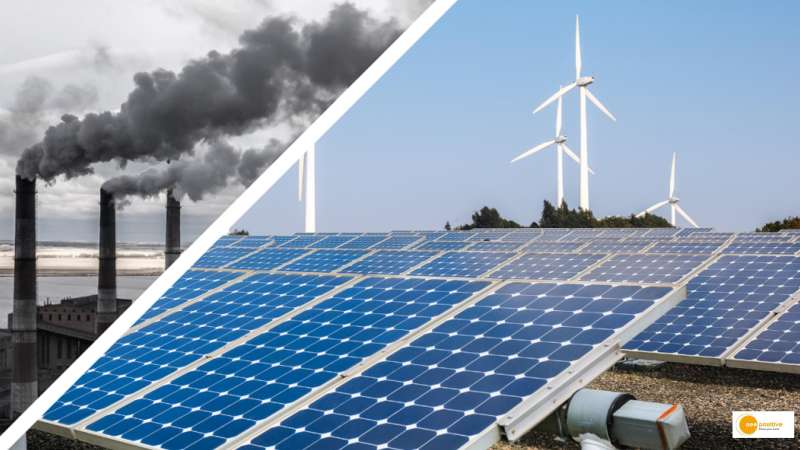

Introduction
After being hit by a critical pandemic and a two-year-long lockdown choking the growth in the capacity of renewable resources, India’s clean energy transition process seems to have taken a turn in the way of improvement by adding a record high of 15.5 GW in the fiscal year 2021/2022. With India’s current renewable energy capacity standing at 110GW, the nation has seen record-breaking solar capacity installations of 13.9 GW a year, which have boosted household solar module manufacture. The government policies to speed up the process of clean energy transition can help to ensure greater energy security for the forthcoming future.
Green Energy, the energy generated or produced from natural resources like water, wind, and sunlight, is a solution to greater sustainability in the power grid providing energy with the highest environmental benefits. As they are renewable, they can be naturally replenished easily. Since fossil fuels have been under use for a prolonged period of time, their finite availability has been put at stake. Also, renewable or green energy has a smaller impact on the environment than fossil fuels due to its zero-emission of greenhouse gases. The use of fossil fuels not only hampers the environment but also requires mining and drilling in the sensitive parts of the earth which affects the ecology. Green energy on the other hand utilizes sources that are readily available and can be renewed in a short period of time. The advancement of renewable energy technologies has lowered the cost of solar panels, wind turbines, and various other sources of green energy. Green energy, in a very sustainable way, can replace fossil fuels in major areas like electricity, vehicles, home appliances, etc.
How green energy plays a vital role in clean energy transition: –
With the rapid advancement of technologies in this field, a lot of new and innovative forms of green energy have been introduced to the market. Some of the major ones are-
• Solar power
• Wind power
• Hydropower
• Geothermal energy
• Biomass
1. Solar Power: From the time, people’s homes have been connected to electricity, it has always been dependent on generating power from fossil fuels in distant plants. But with people understanding the importance of green energy and the advancement of the use of renewable sources of energy, solar power energy has made a good point for people to switch to it because of its harmless impact on the planet and its environment. Also, because of its easy accessibility due to the presence of sunlight in every sphere, makes it even more convenient.
2. Wind Power: Wind turbines harness energy from the wind by using mechanical power which makes sure to cause no harm to the planet as it uses inexhaustible and non-polluting agents of nature. Wind power being cost-effective makes the population and the government rely on it easily and effectively.
3. Hydropower: Hydropower accounts for over 71% of clean energy on Earth. It plays a very significant role in the transition to clean energy. By producing low-carbon electricity it also provides a huge storage facility. It, being a domestic source of energy, allows every state to produce its own energy thus providing each province with an ample amount of energy.
4. Geothermal Energy: ‘Geo’ means ‘Earth’ and ‘thermal’ means ‘heat,’ is the energy that is derived from the heat that is present inside the Earth. This energy is clean and easily renewable, contributing to the clean energy transition. Along with it being clean, the plants generating it requires less amount of land space to produce it making it even more affordable and accessible.
5. Biomass: Biomass energy comes from different feedstock sources like plants, animals, and their various products. Since life on earth is an ongoing process, such resources cannot get depleted like fossil fuels which makes it a continuous source of energy. The resources to produce biomass energy are readily available and cheap to access which gives an upper hand to its production.
Conclusion
The rate and scale of transitioning to clean energy have been outstanding. The economic growth that followed this transition has been one of the topmost ones among all the other nations in the world. From pioneering to avoid carbon-intensive approaches to designing a model to reduce the use of fossil fuels, the country has announced to aim to reach net zero emissions by 2070.


